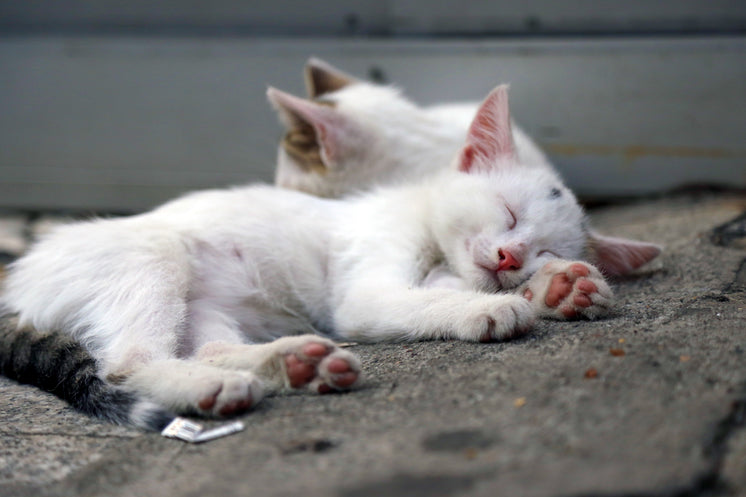
Cat litter and litter boxes play a critical function in the lives of both cats and their owners. From the simple starts of sand and soil to the ingenious advancements of today, the world of cat litter has developed substantially. In this comprehensive guide, we delve into every aspect of cat litter and litter boxes, exploring their history, types, benefits, difficulties, and everything in between.
The history of cat litter dates back centuries, with ancient civilizations using sand, soil, and even ashes as primitive litter materials. However, it wasn't up until the mid-20th century that contemporary cat litter as we understand it emerged. In 1947, Edward copyright presented the world's very first industrial cat litter made from absorbent clay, changing the method felines relieved themselves inside. Ever since, cat litter has actually gone through many improvements, with the intro of clumping litter, silica gel litter, naturally degradable choices, and more.
Today, cat owners are spoiled for choice when it comes to selecting the right litter for their feline buddies. Standard clay litter stays popular for its cost and effectiveness in absorbing odors. Clumping litter, which forms solid clumps when wet, streamlines cleansing and maintenance. Silica gel litter, composed of highly absorbent silica crystals, uses remarkable smell control and longevity. Biodegradable options, such as recycled paper, wood pellets, corn, and wheat, interest ecologically conscious consumers.
Each type of cat litter provides distinct advantages. Clay litter stands out in its capability to take in moisture and control smells, making it a trusted option for numerous cat owners. Clumping litter streamlines everyday scooping and extends the time between total litter changes. Silica Grass Seed Cat Litter gel litter provides extraordinary smell control and can last longer between replacements. Biodegradable litters use a sustainable alternative that minimizes ecological impact.
While cat litter enhances indoor feline health, it is not without its difficulties. Dust from clay litter can pose respiratory risks for both felines and humans, triggering the popularity of dust-free alternatives. Some cats might develop litter box hostility due to problems with texture, scent, or tidiness, requiring experimentation with various litters and box configurations. Multi-cat households might require tactical litter box placement and regular maintenance to avoid territorial conflicts and make sure all cats have access to tidy facilities.
Picking the suitable litter box is essential for promoting favorable litter box habits and general feline well-being. Elements to consider include size, availability, and design choices. Covered litter boxes provide personal privacy and help consist of odors, however some felines may discover them confining or daunting. Open-top litter boxes offer easy gain access to and visibility however might result in more litter scatter. Automatic self-cleaning litter boxes simplify maintenance however need regular tracking and maintenance.
Appropriate litter box cat litter scooper upkeep is crucial for guaranteeing a tidy and inviting environment for both felines and their owners. Daily scooping gets rid of waste without delay, reducing smell and preventing litter box aversion. Routine litter replacement, normally every 1-2 weeks, prevents bacterial buildup and keeps optimal absorbency. Comprehensive cleansing with moderate detergent and water, avoiding severe chemicals that might deter cats from utilizing package, should be performed monthly.
Cat cat litter litter and litter boxes play a main function in cultivating a healthy and harmonious relationship between felines and their human buddies. With a varied array of litter choices and litter box styles readily available, feline owners have the flexibility to tailor their choices to fit their felines' choices and family needs. By understanding the development, types, advantages, and challenges of cat litter and litter boxes, pet owners can offer their feline pals with a comfy and sanitary indoor environment.